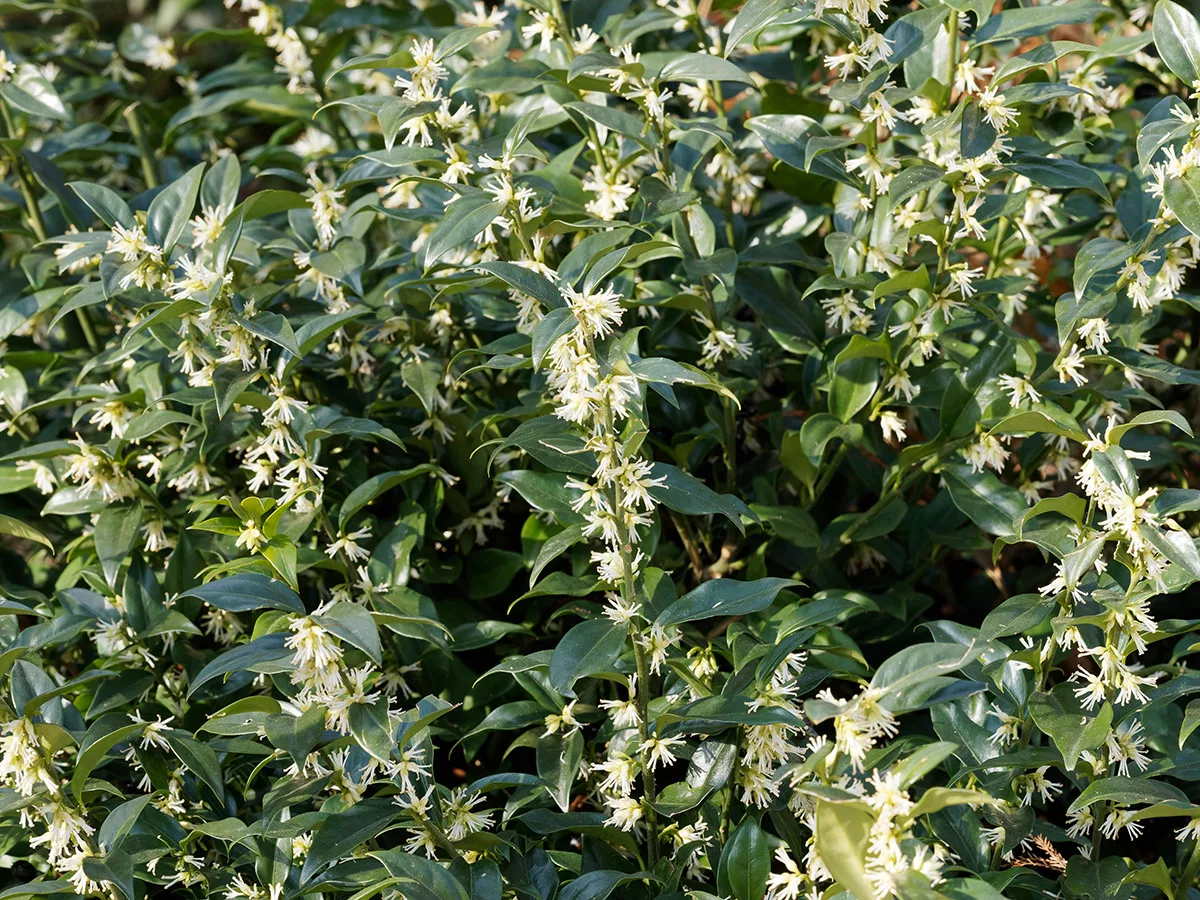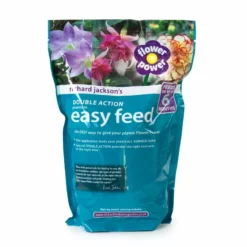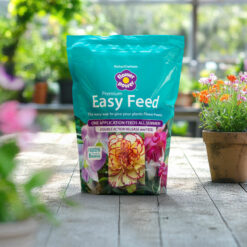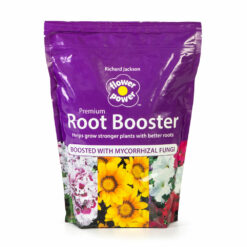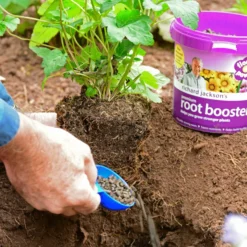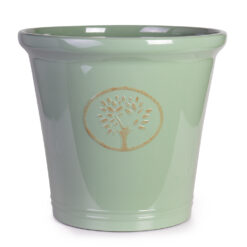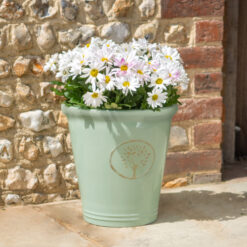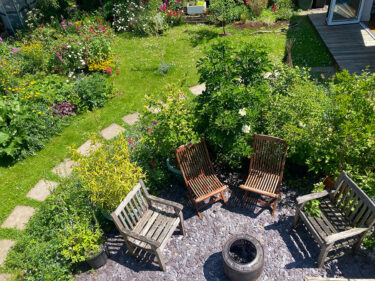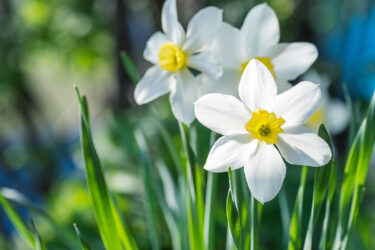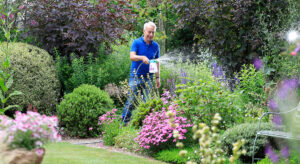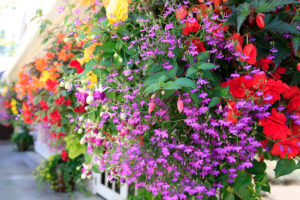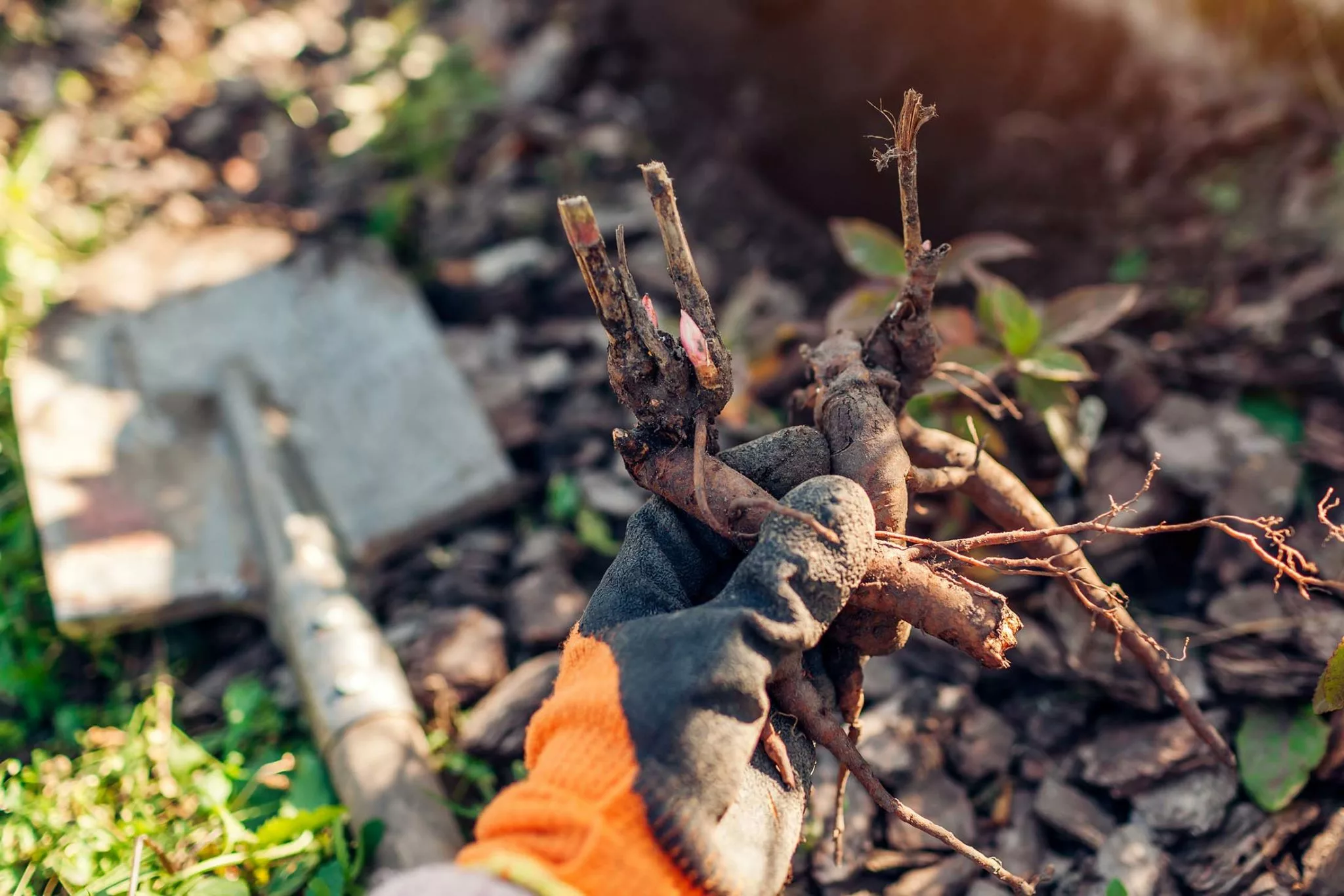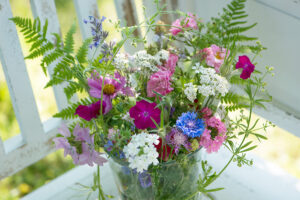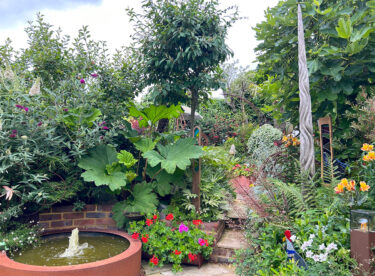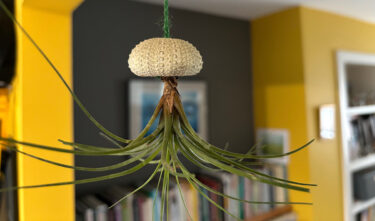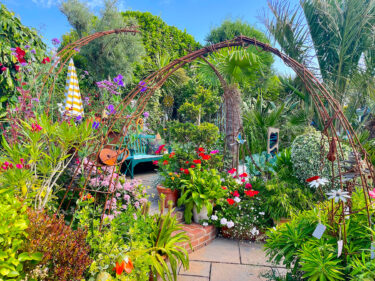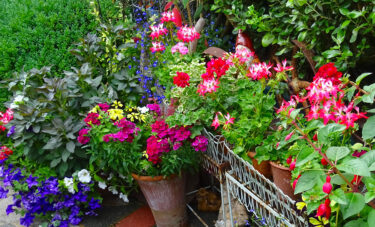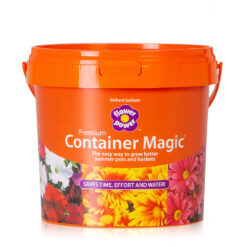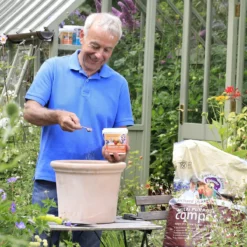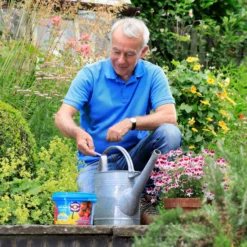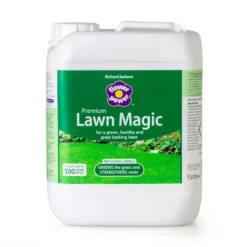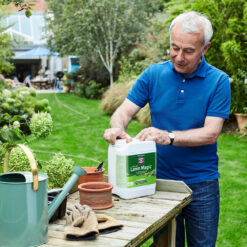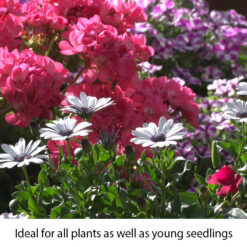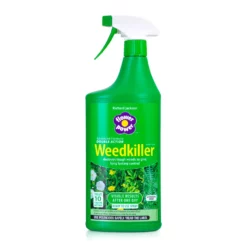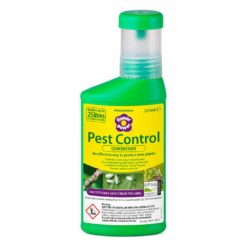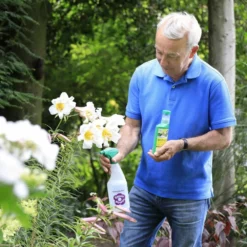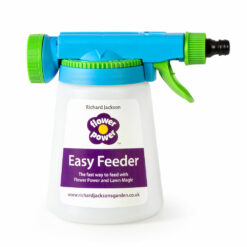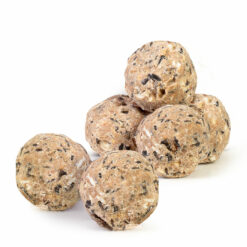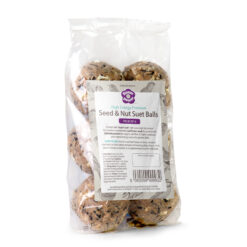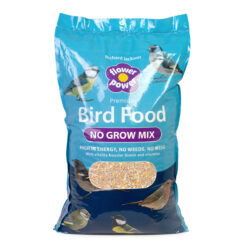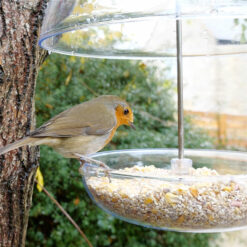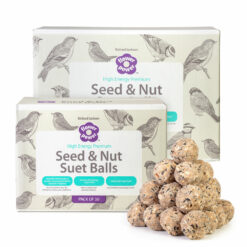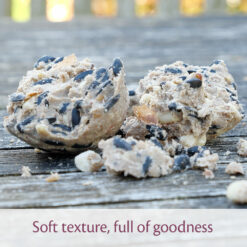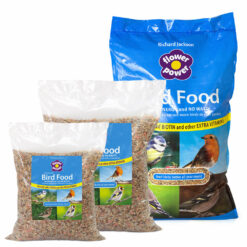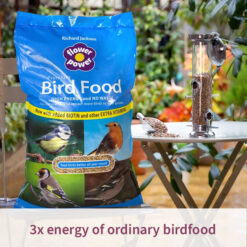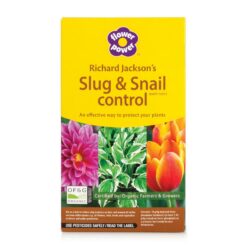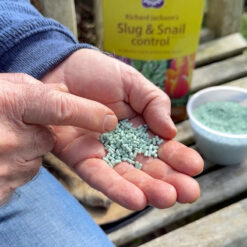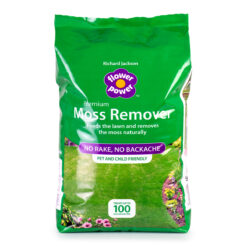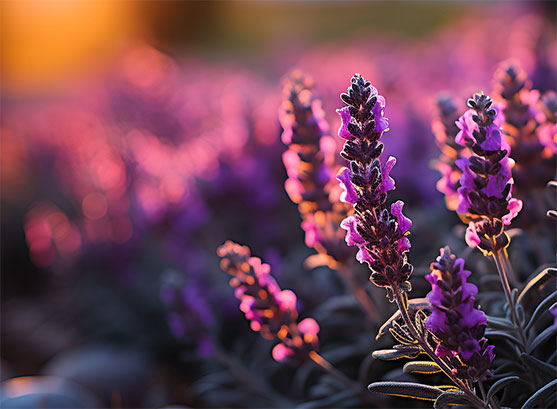Now that autumn is here – a time of cooler weather, mists and mellow fruitfulness – it’s a great opportunity to review how your garden performed this year, where there are gaps in your planting, look to redesign and replant beds, borders and containers – and get planting! After the summer warmth, many gardens came to an abrupt halt in the colour production very early and many plants flop, fail or even die as a result. So you may have even more gaps than usual that need plant plugging.
Get planting
Autumn is “nature’s natural time for planting” – certainly for cold-hardy plants; anything at all borderline hardy should be left until spring. The soil is still warm after the summer, encouraging good root growth and fast establishment and, with some autumnal rain encouragement, plants should get off to a flying start, ready to perform at their fullest potential.
Autumn planting for autumn and winter colour
If your garden takes on a flat, desolate, Steppe-like appearance in autumn and winter, you should certainly concentrate on plants that will bring interest and colour over the next six months – yes, six months!! And it’s not all about autumn and winter flowers, don’t neglect choosing plants that have other great garden-worthy attributes for this time of year. A container planted up with mixed winter interest plants will create a seasonal focal point in the garden.
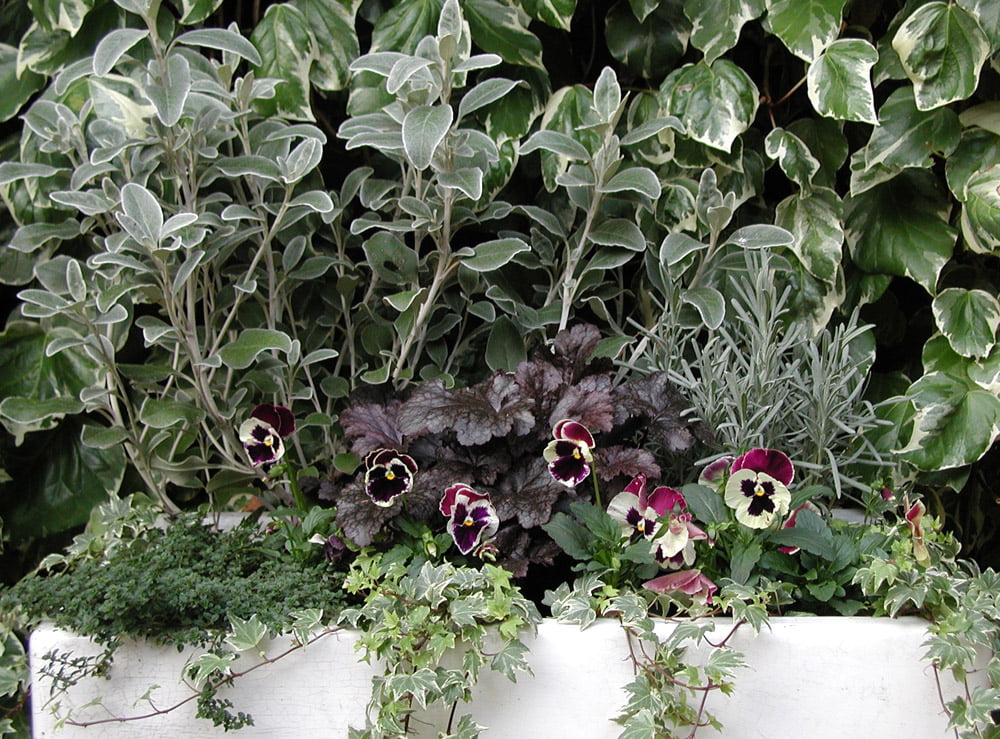
Evergreen foliage, of course, makes an invaluable contribution, especially when frosty, but there are also fiery autumn leaf colours, plants with attractive winter stems to provide structure, shapes, form and colour, and a glorious rainbow of colour from berries and fruit; the birds will love you for the latter too.

Use focal points
If you can’t or don’t want to plant up the whole garden with abundant winter colour, concentrate it close to the house – just outside the back door and on the patio. Even if you don’t venture outside during the winter, having lots of colour close up where you can really see and enjoy it, will brighten up your mood on a cold day and help fight off the winter blues. Use tall evergreens or put up a screen and who cares what the rest of the garden looks like – you won’t be able to see it!
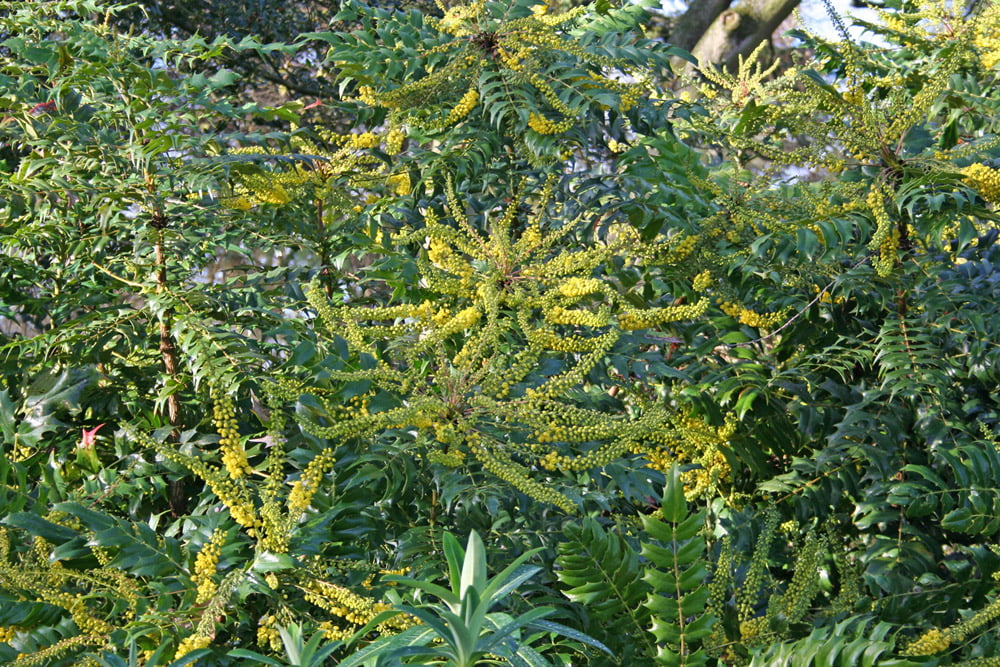
It’s also a great idea to concentrate scented winter-flowering plants close to the house. Then, when they’re in flower, you can simply open a back window for that delightful scent to waft inside and through the house. Great choices include elaeagnus, mahonia, sarcococca (winter box) and winter-flowering shrubby honeysuckles (lonicera).

The great garden tidy up
Lots of us like to cut back everything to within an inch of its life – or the ground in autumn to make sure the garden looks all ship-shape, neat and tidy. But if you can bear to put the shears and secateurs away until spring, you’ll be doing your garden – and the wildlife – a good deed. Many “dead” plants look great in autumn and winter with their shadowy outlines and ornamental seed heads. Grasses in particular look fabulous when the lower winter sunlight glistens through their faded flower heads. Again, the local wildlife will love you for it. Many birds delight in feasting on any remaining seeds lurking in the seed heads. Faded flower heads and stems also provide fabulous hidey-holes for garden-friendly insects, including ladybirds, looking for somewhere cosy to overwinter.
-
Select options This product has multiple variants. The options may be chosen on the product pagePrice range: £17.50 through £30.00
-
Select options This product has multiple variants. The options may be chosen on the product page£30.00
Planting myths
While we’re talking about autumn planting, let’s bust some myths about it. Put fertiliser in the planting hole – This is almost a myth, as it depends on the type you use. If you use quick-acting fertiliser, such as Growmore, it can burn, damage and kill the roots. If you use organic fertilisers, such as bonemeal, it can take anything up to four months (especially during colder months) for the soil microorganisms to break them down into forms that plants can use. So if you plant in September, the plants won’t benefit until January! Instead, use a controlled-release feed, like Richard Jackson’s Premium Easy Feed Plant Food, which releases nutrients slowly, steadily and when the plant needs and can use them. Put crocks and gravel in the bottom of pots and planters to improve drainage. Which? Gardening disproved this works a few years ago. Instead of improving drainage – it can actually make it worse and increase waterlogging! Certainly put a flat stone or one piece of crock over each drainage hole to prevent it clogging, but leave it at that and fill the rest of the pot with compost.
